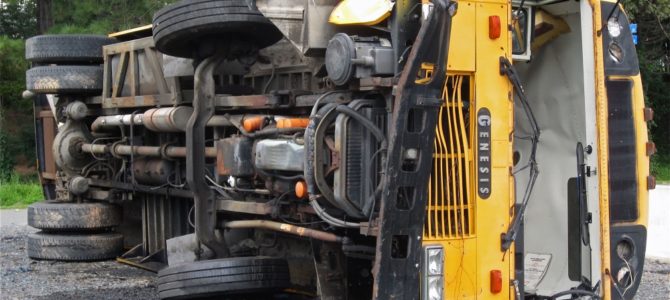
It’s been six weeks since Gov. Ralph Northam (D) closed Virginia schools for the rest of the school year due to coronavirus panic, and the state’s third-wealthiest county still isn’t consistently teaching its nearly 190,000 students.
Fairfax County Public Schools tried to finally roll out online instruction last week, more than four weeks into the shutdown. “That ended in massive technological troubles, possible privacy breaches and online harassment of students and teachers, which led Fairfax to cancel school for several days,” reports the Washington Post.
The district’s technology staff are refusing to take any blame for the fiasco, the Post reported, and their union is demanding that they receive additional “hazard pay” even though students and teachers still can’t connect for learning.
“In the immediate future, Fairfax teachers will refrain from real-time video instruction, and use tools such as Google Classroom, prerecorded videos and learning packets,” the district superintendent has decided, according to the Post. His solution includes hiring lawyers and convening committees to evaluate the failures. Who knows how long that will take. The Post notes a dad who decided to pull his daughter from the district and homeschool her for the rest of the year as a result of the chaos.
Fairfax is one of the highest-ranked school districts in the state and nation, and the tenth-largest in the country. It spends approximately $16,000 per student per year, according to federal data.
Fairfax’s online schooling difficulties, delays, and incompetence are not an anomaly as governors indefinitely suspend kids’ futures due to coronavirus mass death theories that are failing to materialize. A survey of 82 of the nation’s largest school districts, which educate nearly one-fifth of American school kids, found in late March that only 10 percent were providing defenestrated children “any kind of real curriculum and instruction program.”
U.S. News and World Report wrote of the survey:
None of the 82 districts they reviewed are attempting anything comprehensive, where, for example, students engage in live discussions with teachers and classmates. And just four districts – less than 5% of those reviewed – provide formal curriculum, online instruction and student progress monitoring.
Instead, the majority provide links to general online resources, but no direction on how to use them. Some districts – 38% of those reviewed – provide a curriculum, but not instruction.
An April 15 update found that approximately one-quarter of these districts were providing kids curriculum, instruction, and progress monitoring, up from the initial 10 percent. Half the school districts were providing curriculum — i.e. online resources — but nothing else. Numerous studies find that online learning is usually less effective than in-person and hard-copy learning, not just because of tech difficulties and loss of personal attention but because of the added distractions in the online environment.
Instead of instruction, school districts focused more on social concerns such as continuing taxpayer-funded feeding programs that both congregate people back into schools and duplicate several other federal and state food welfare programs. Numerous school districts have decided to either give all students a pass/fail grade or, as in the case of San Francisco, award all children As for this school year regardless of what they have learned.
Tech rollouts in public school districts have a long history of highly expensive failure. Perhaps most notoriously was Los Angeles’s 2013 attempt at giving every child a taxpayer-funded iPad. The media-sensationalized, $1.3 billion spend immediately flopped due to wave after wave of tech difficulties. In the end, Los Angeles got a $6.4 million settlement from Apple and online curriculum vendor Pearson over the mess, leaving taxpayers $1.29 billion in the hole for essentially zero benefit to students.
While governors have closed schools for the rest of the school year for at least half the nation’s children so far (the rest have closed them, at least currently, until May 1), as NPR notes a study in the prestigious medical journal Lancet found closing schools is one of the least effective ways to reduce coronavirus transmission. “Recent modelling studies of COVID-19 predict that school closures alone would prevent only 2-4% of deaths, much less than other social distancing interventions,” the authors wrote.
Other research suggests that the shutdown setback to kids just from lost math instruction alone will cost the U.S. economy trillions over their lifetimes, and the personal loss of tens of thousands of dollars in lost lifetime earnings. Lower incomes are linked with poorer health and earlier deaths.








